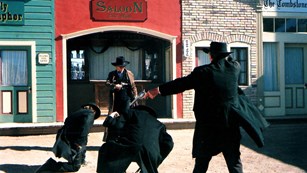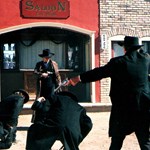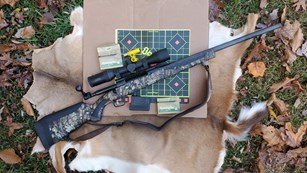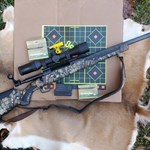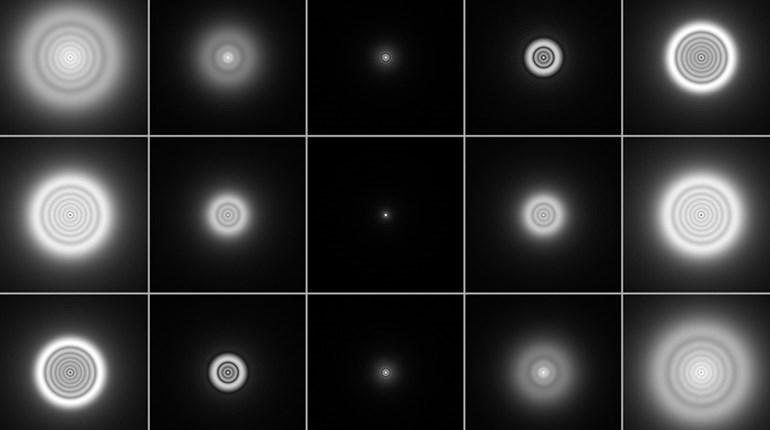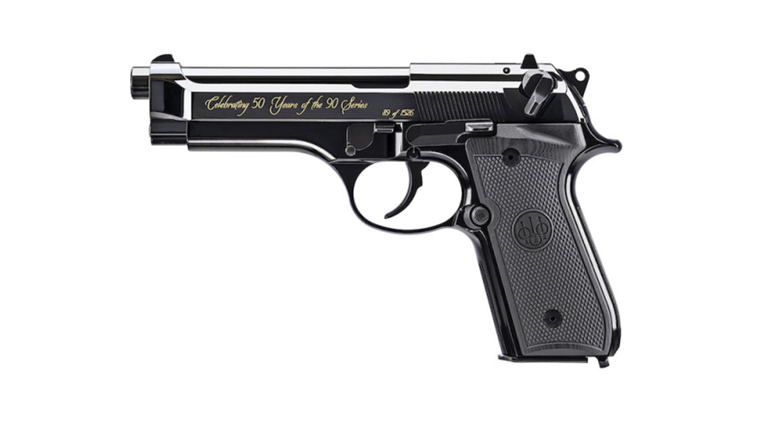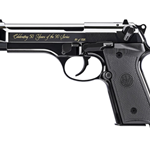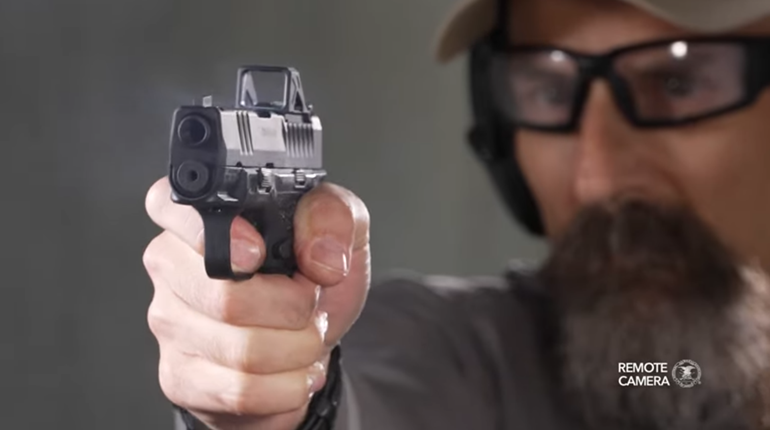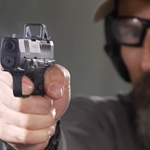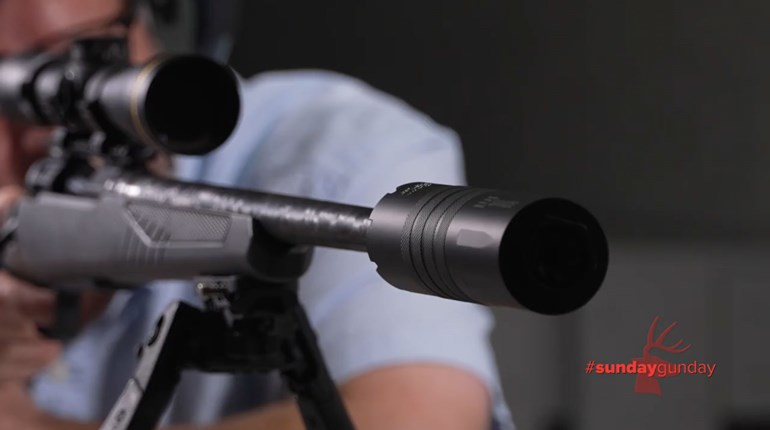
When it comes to optics for firearms, the specific terms that people use to describe them can be confusing. Here's what all that argot actually means—in alphabetical order, no less.
Red-Dot Sights
Red-dot sights consist of a short, large-diameter (25 to 60mm) tube or a single lens through which the target is viewed. Inside the sight, a small light-emitting diode (LED) of adjustable brightness is reflected off the lens surface. This projects a glowing dot of light into the shooter's field of view. The sight can be adjusted to bring the dot onto the point of bullet impact. Depending upon the design, windage and elevation can be set using screws in the sight that change the angle of the lens in the housing, the position of the LED or the position of an inner tube that houses both lens and LED. Regardless of the mechanism involved, the adjustment alters the apparent location of the dot on the target.
Red-dot sights typically have a rheostat to control dot brightness. Also, most units are available with dots of different sizes, ranging from 2 to 20 m.o.a. Sights with small dots can be used on rifles and carbines for medium-range work, while larger dot sizes are more appropriate for pistol use.
Among the advantages of such sights are fast target acquisition, virtually unlimited eye relief and a relatively unobstructed field of view. Red-dot sights generally have either no magnification or low (2X to 4X) magnification. Their main advantage is that they place the dot and the target in the same focal plane.
Relative Brightness
This is a numerical measure of the potential brightness of an optical system. It is calculated by squaring the diameter (in millimeters) of the exit pupil. This number can then be compared with an actual reading taken from the exit pupil by a light-measuring device.
Resolution
Resolution, or resolving power, refers to the ability of the lens system to distinguish detail. Most scope manufacturers check this by mounting the scope in a rest and viewing a series of horizontal and vertical line patterns at an exactly measured distance.
Resolving power is often expressed in lines per millimeter, which indicates the greatest number of finely spaced black and white lines per millimeter that can clearly be distinguished at a given distance, normally 100 yards. In colloquial terms, resolving power is roughly synonymous with sharpness.
Twilight Factor
Twilight factor is a calculated number measuring low-light optical performance. It is obtained by multiplying the magnification of the optical system by the diameter of the objective lens in millimeters and taking the square root of the product. In general, the higher the twilight factor number, the better the potential performance.



